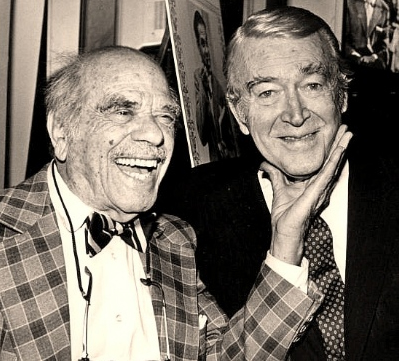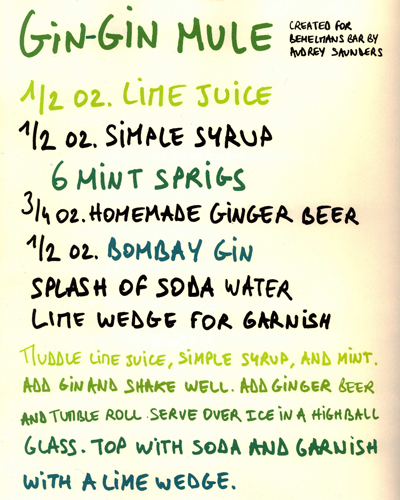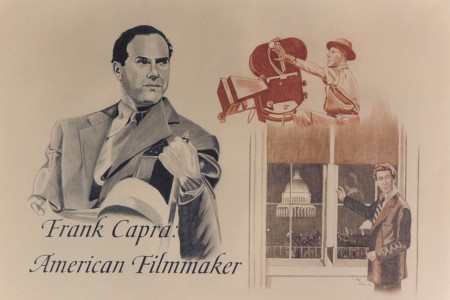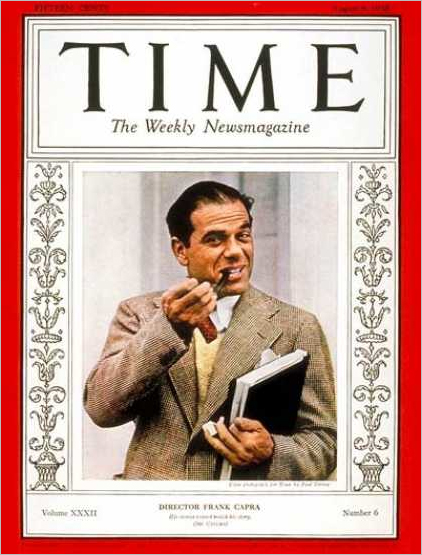
The San Anselmo casita, originally built in 1926, at La Quinta Resort.
So why was I looking for the old San Anselmo casita? Well, to understand that I have to take you back twenty years to when I was staying here for a story on the desert I was writing for Sunset magazine. Although I was out here by myself at the time, I was expecting a large contingent from the magazine—photographer and assistant, designer, models—in a day or two, so the resort had put me in a lovely, oversized casita that just happened to be next to San Anselmo, telling me that there was a “special guest” in the original casita, a long-time resident, actually, who had been living there for years, though they wouldn’t tell me the guest’s name.
I figured whoever was in there must have been elderly (the only activity I ever saw was a nurse going in and out) and wanted privacy since the shutters were always kept closed and the place looked dark. Then one morning, I saw the nurse wheel a small, frail man out into the courtyard and into the shade of one of the massive citrus trees. Although it had to be at least 80 degrees out, the old man was warmly dressed and had a blanket over his legs.
I surreptitiously peeked out from behind the shutters of my room while his nurse read aloud to him from a book, wondering who the heck this frail little man was. He certainly wasn’t anybody I recognized.
Anyway, while the nurse was reading to him, the phone rang inside the San Anselmo casita and she ran off to answer it. That’s when I decided to stick the morning newspaper under my arm and nonchalantly go for a stroll in the courtyard.
“Beautiful morning, isn’t it?” I said, stopping in front of the hunched man in the chair.
“It is!” he said in a cheerful voice. “A perfectly fine morning!”
I made some small talk, keeping an eye out towards the open door of the old man’s casita. The nurse was evidently still on the phone. I introduced myself. The old man, looking up at me a bit quizzically with a cocked head, like a bird, was quiet for a moment before saying, “My name’s Frank. Frank Capra.”

Undated photo of Frank Capra and Jimmy Stewart.
The name seemed faintly familiar, but to be honest with you, I can’t say I immediately knew who this was. He was a Hollywood writer or maybe a director, I thought, but I couldn’t have told you any of his movies. And I think he got that—that here was this young man standing in front of him who really had no idea who he was. And I don’t think that bothered him.
He invited me to sit down, there in the shade of the citrus tree, and when his nurse came back out, looking a little concerned, he introduced me (although he couldn’t remember my last name) and asked her to bring me out a cup of coffee.
“I can’t drink it anymore,” he said, “but you go ahead.”
While I drank my coffee, he talked. He told me he’d been coming out here for years. “From the beginning,” he said. “Walter Morgan himself invited me out here. Had a chauffeur pick me up and drive me out himself. Blew a tire or two. Didn’t matter. We’d just sit on the side of the road and drink some wine while they changed the tire. Imagine that!”
When the photographer arrived the next day, I asked him if he knew who Frank Capra was. “Of course,” he said. “Jimmy Stewart…It’s a Wonderful Life. Why?”
“He’s our neighbor,” I told him.
Well, he went nuts over that and for the rest of our stay, we both kept an eye on the San Anselmo casita, but Frank Capra never made another appearance. A year later, I read he died, at his casita in La Quinta, at the age of 94. Reading the obits, I finally got the big picture: the dozens of classic movies he wrote and directed, the three Oscars, the special awards. According to one story, Capra wrote the script for “It Happened One Night,” which went on to win him his first directorial Oscar in 1934, while holed up in the San Anselmo casita and, after that, became superstitious about the desert, returning every year to La Quinta Hotel where he wrote several other film classics including Mr. Deeds Goes to Town and You Can’t Take It With You, both of which also won him Oscars, as well as It’s a Wonderful Life.
According to his NY Times obituary, after making his last movie in 1961, a stinker titled Pocketful of Miracles, “he and his wife left Hollywood for La Quinta, where he gardened, golfed, fished, hunted and, as a self-taught musician, played many string instruments.”
Anyway, that’s why I was wandering around Saturday afternoon looking for the San Anselmo casita. I wanted to sit beneath the shade of that gorgeous citrus tree as we’d done twenty years ago thinking about Frank. And that’s just what I did.









Recent Comments